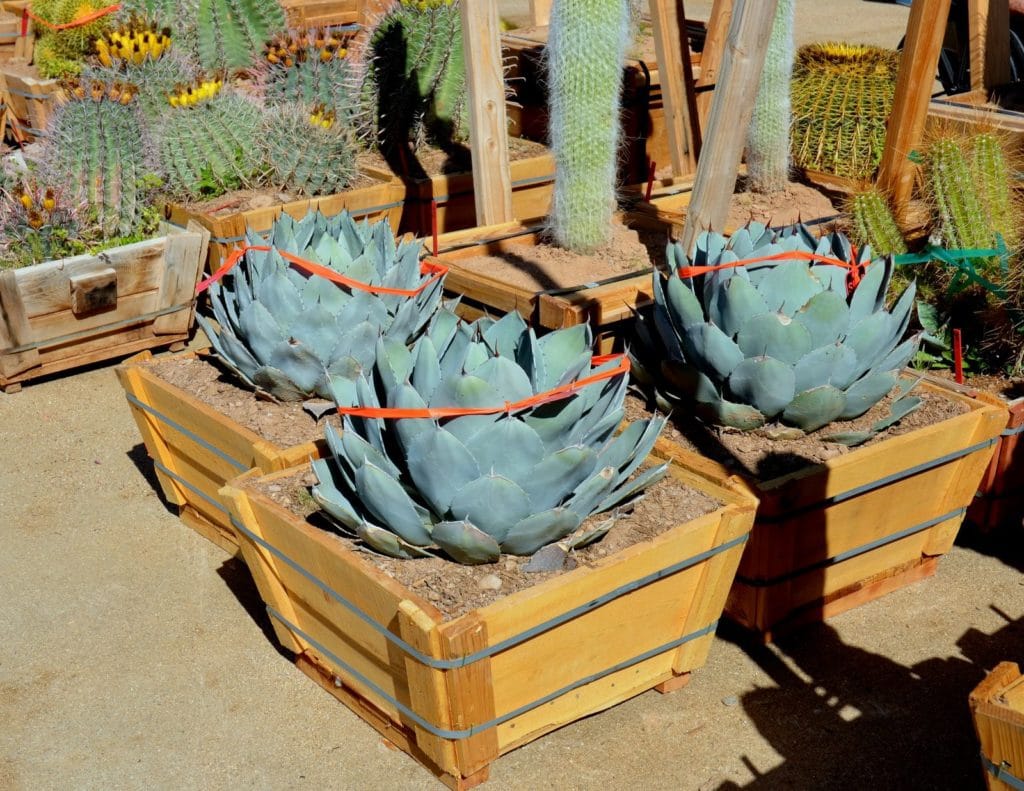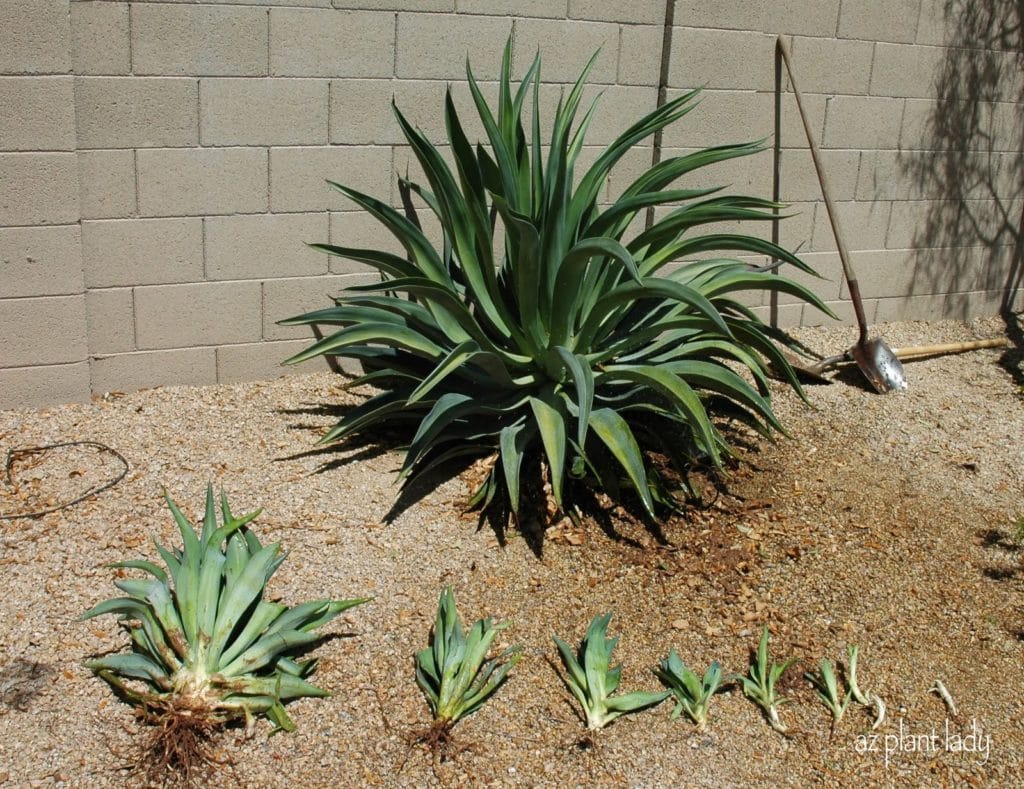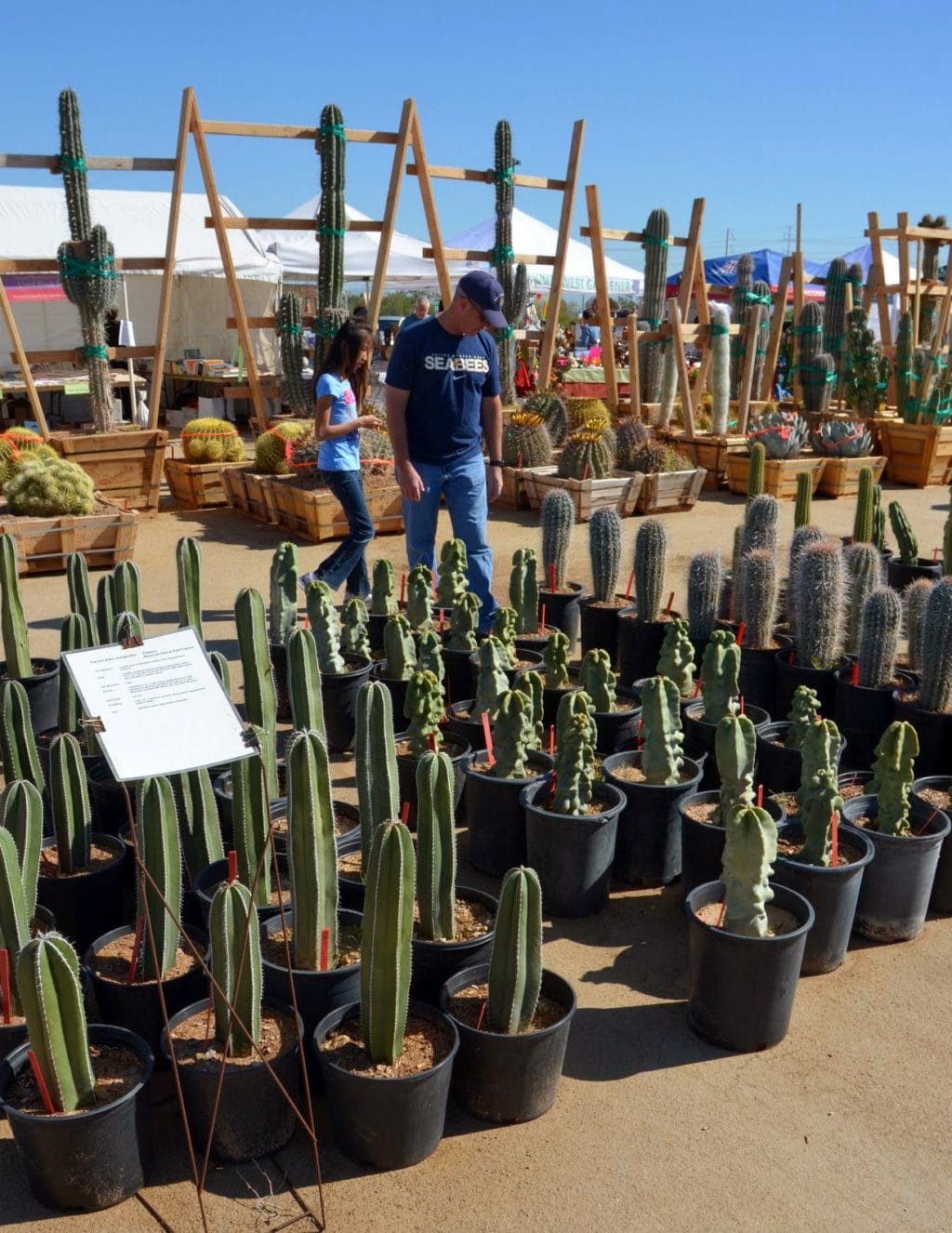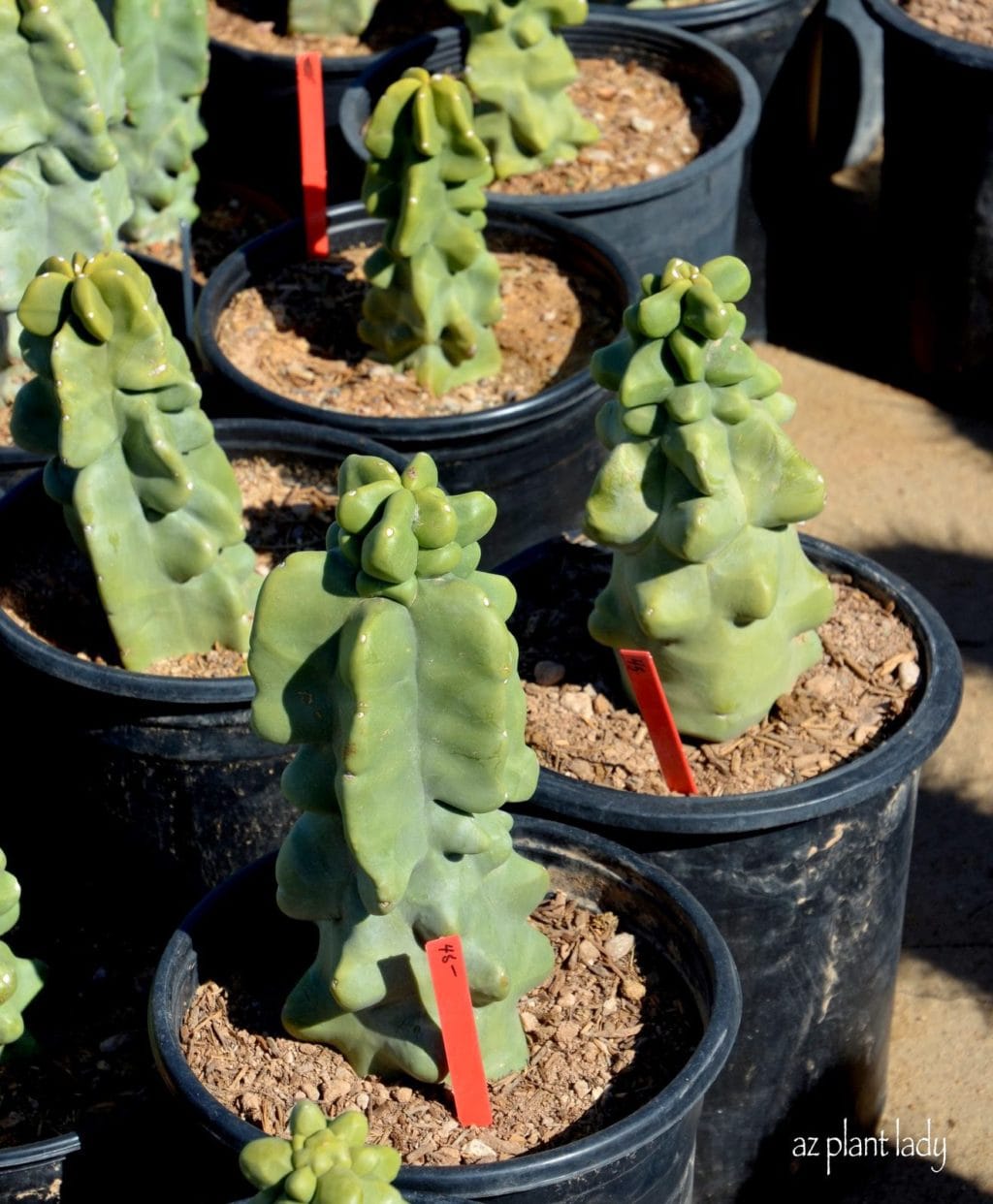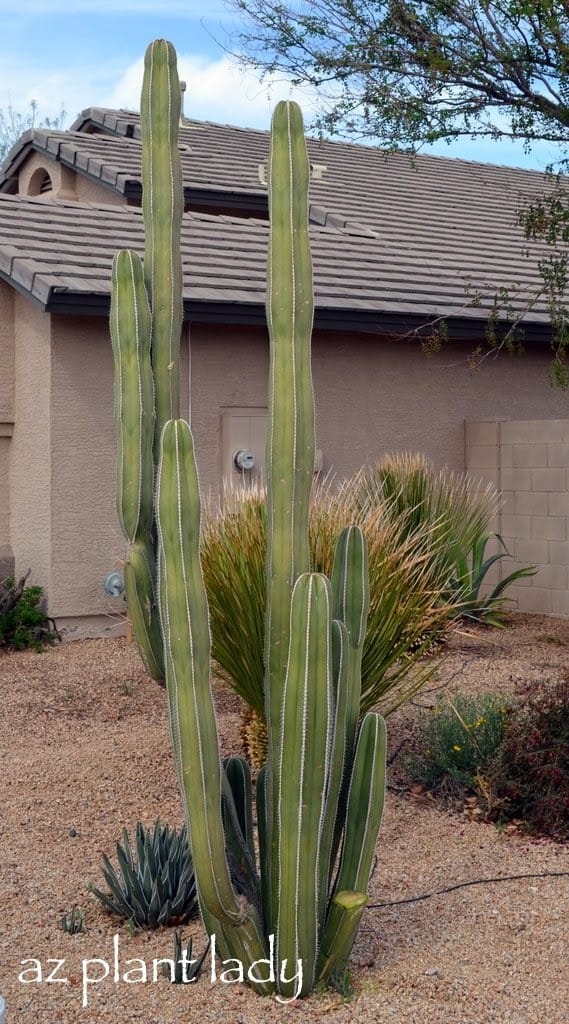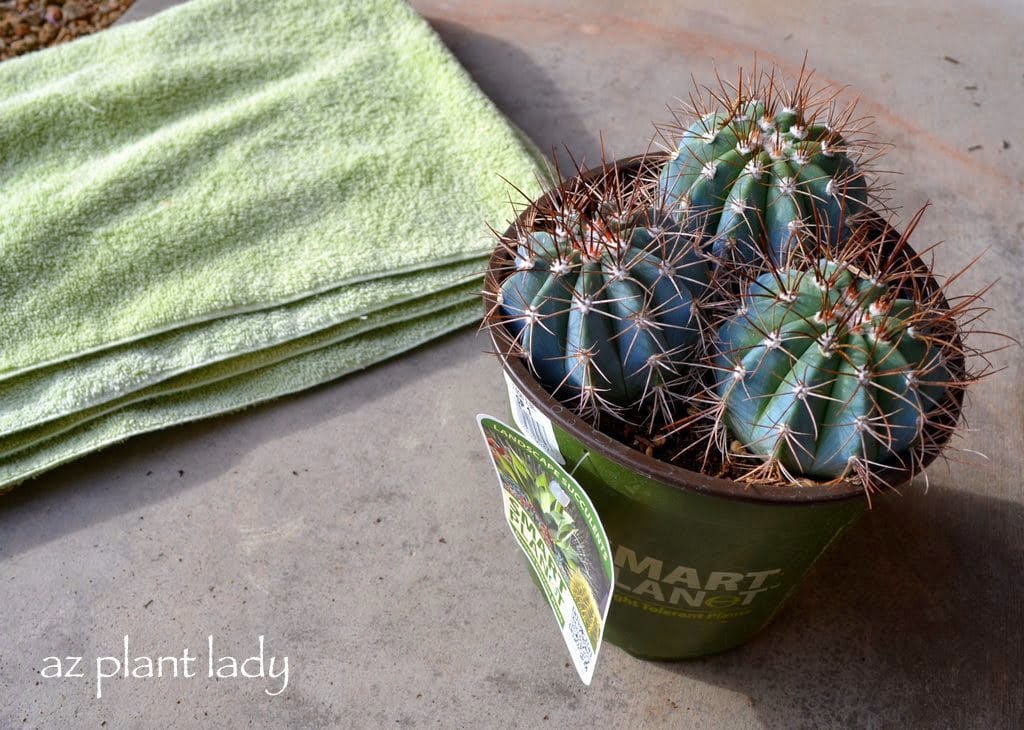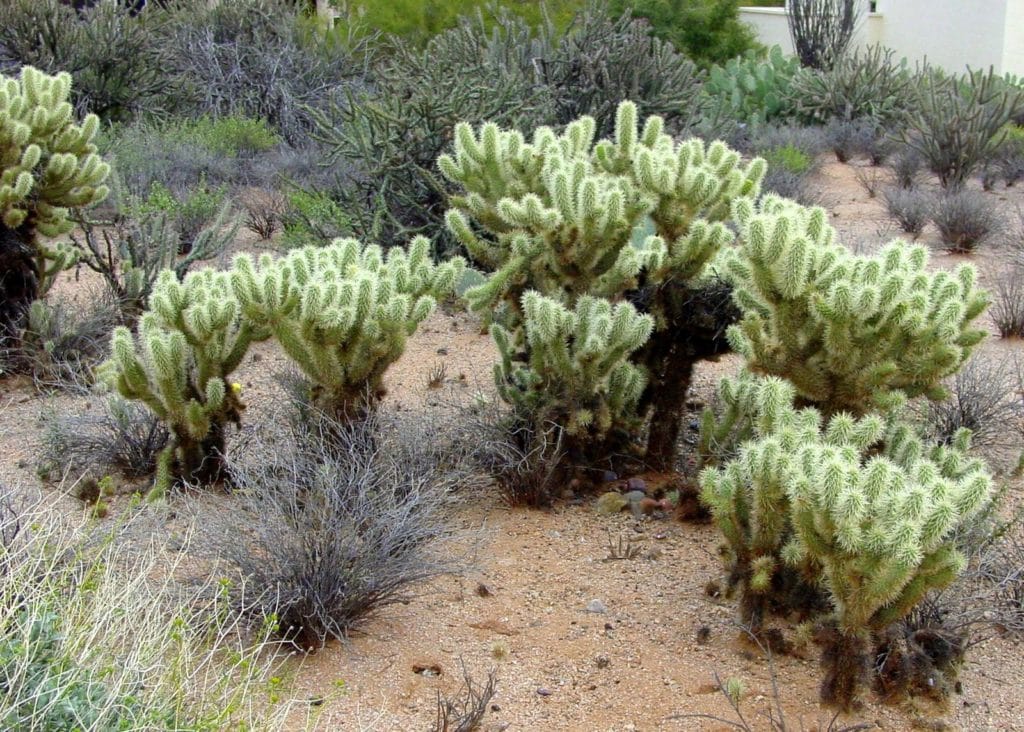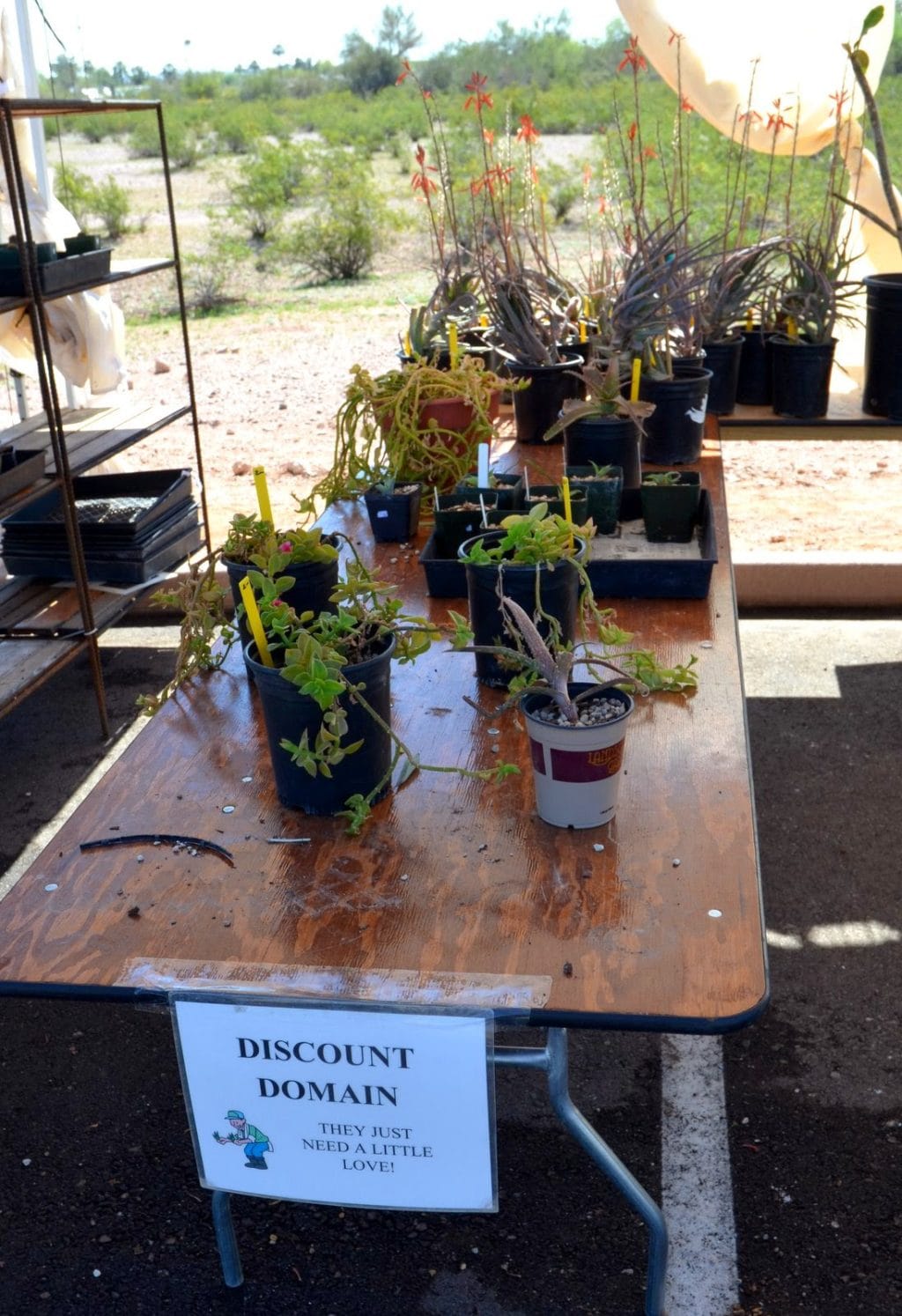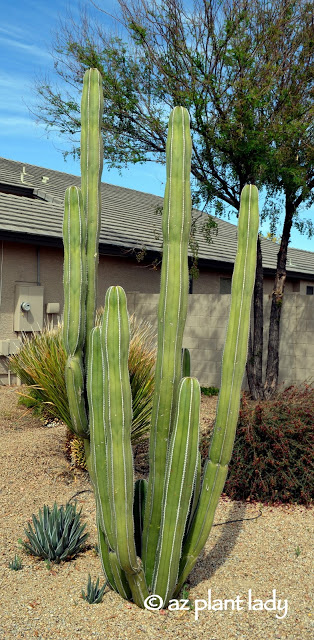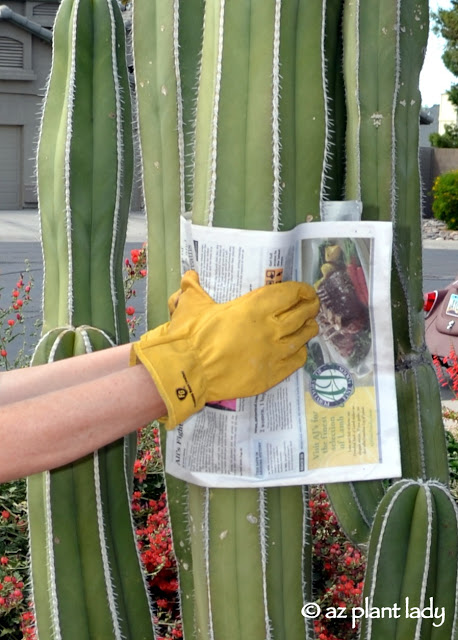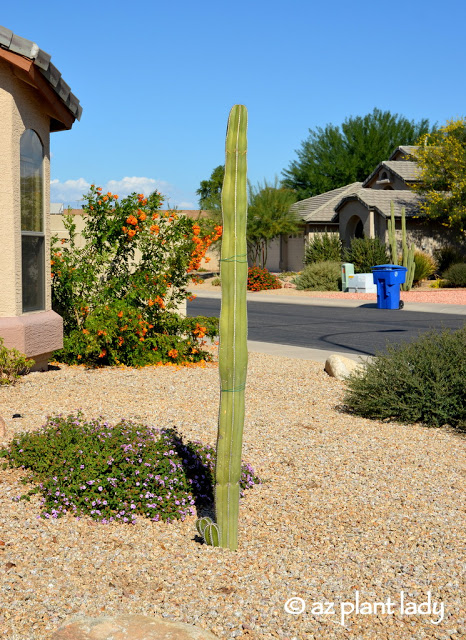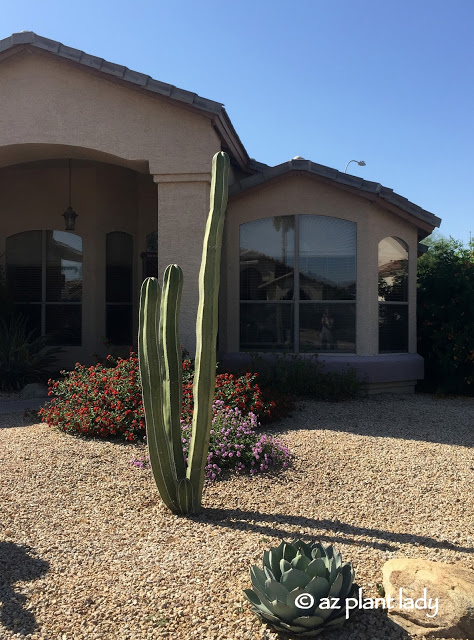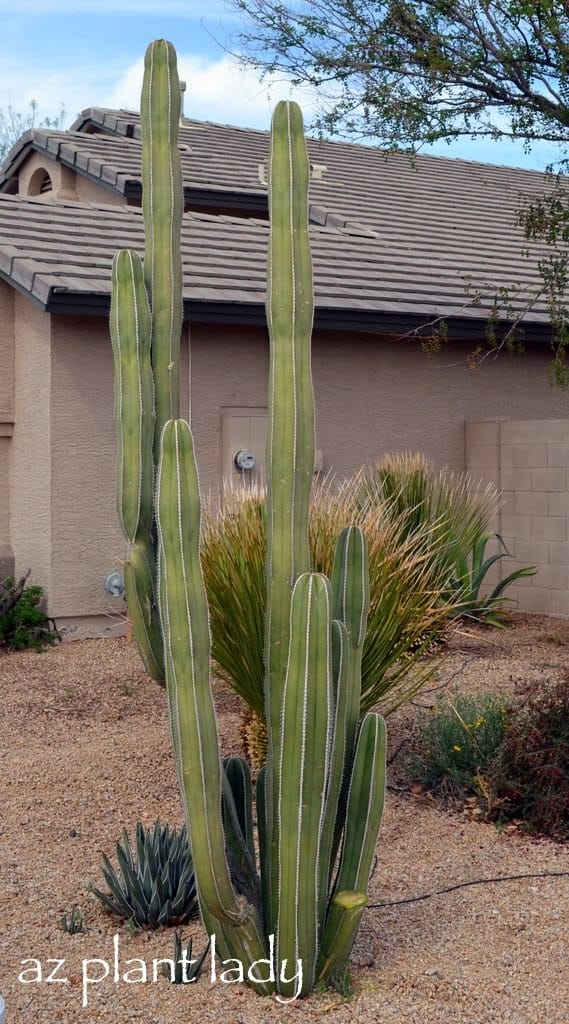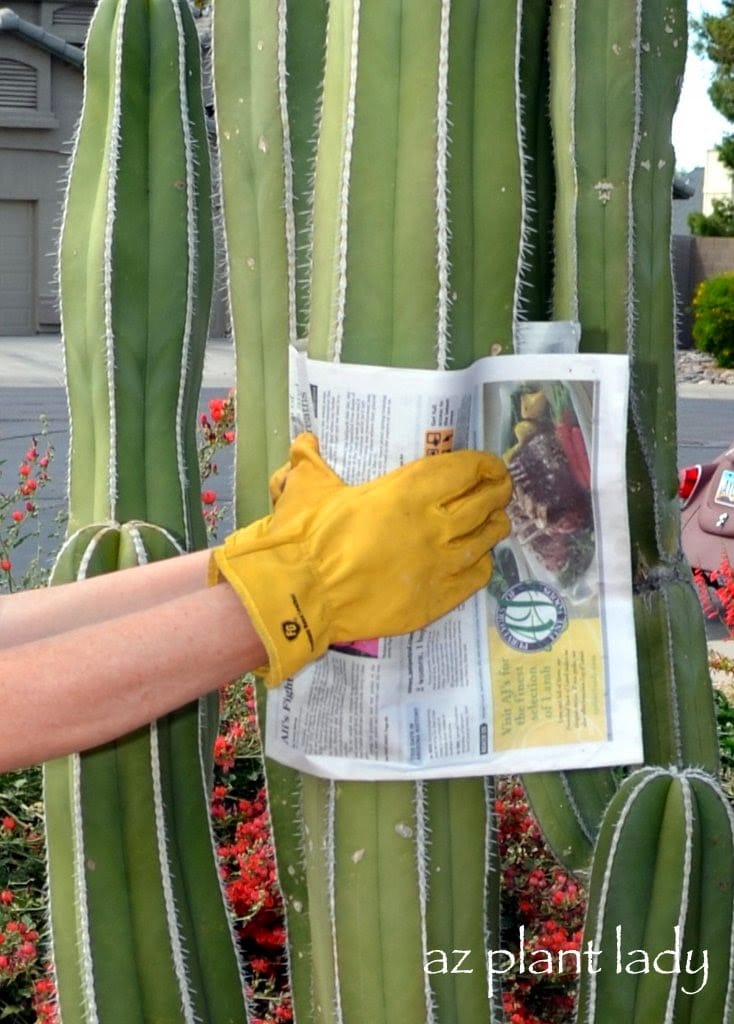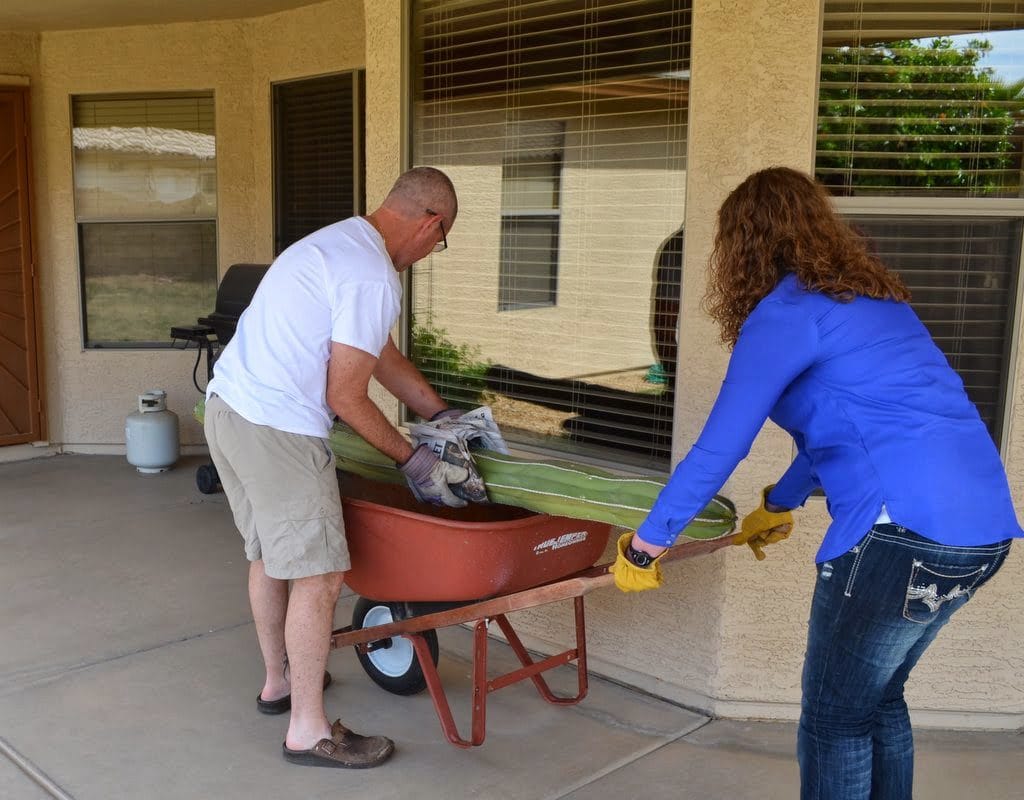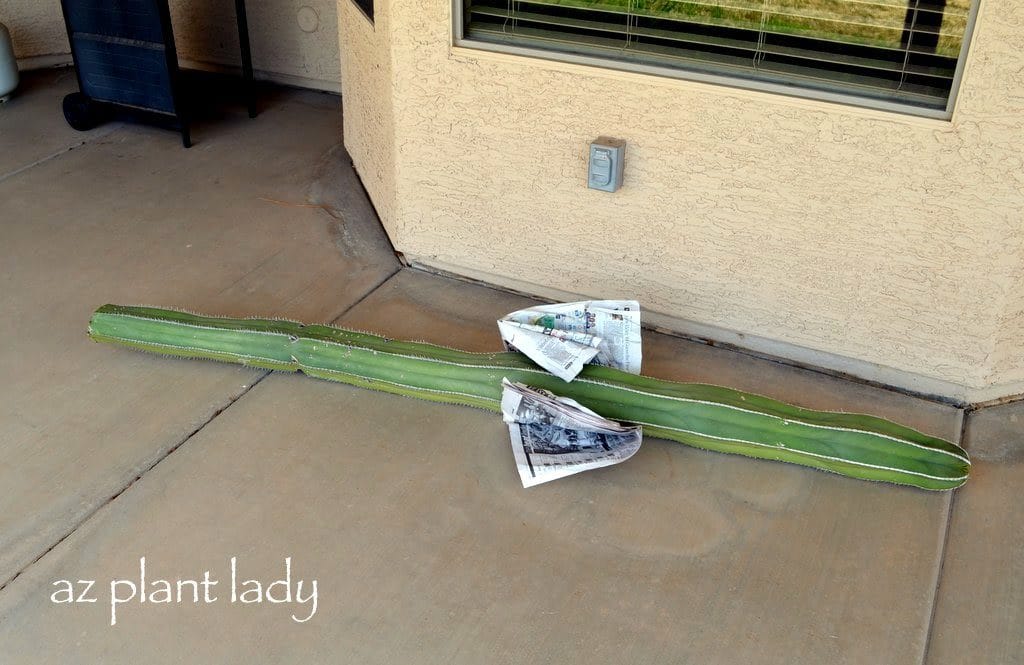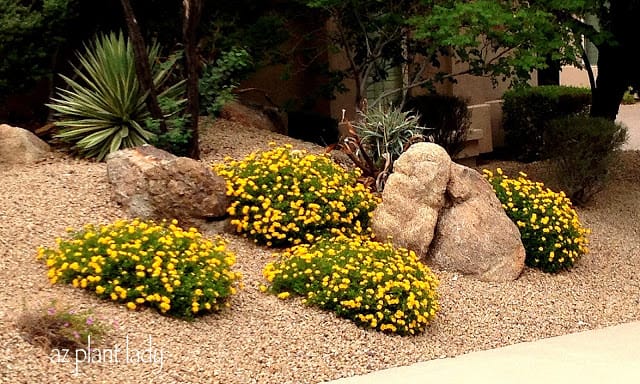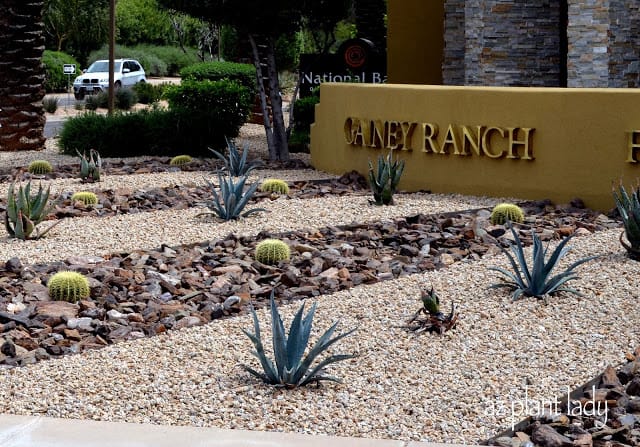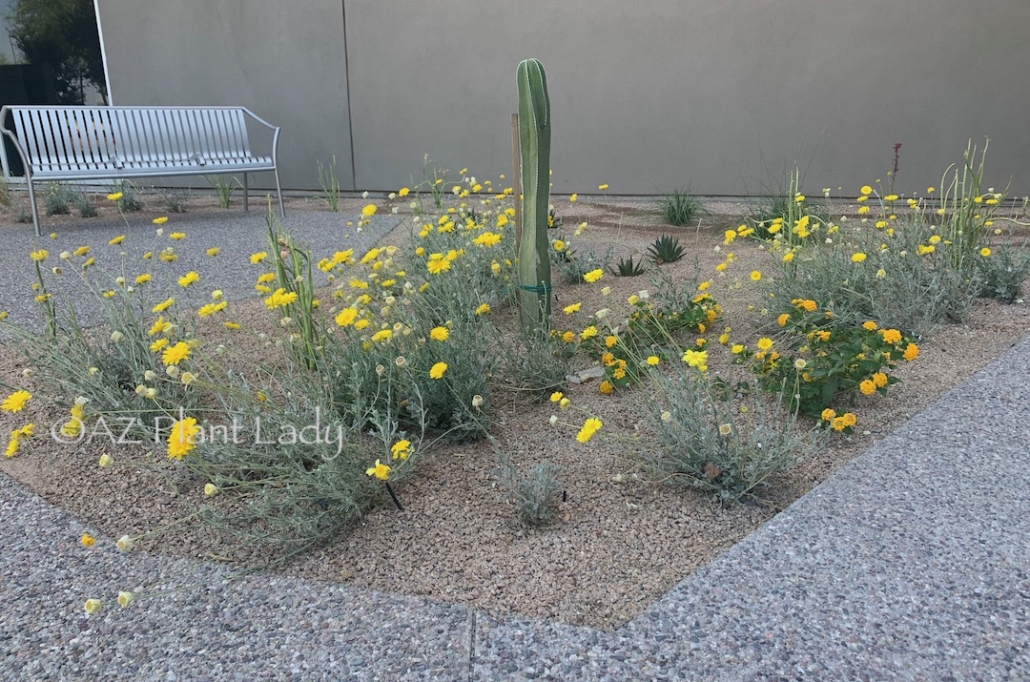
Embracing the Desert Heat: Landscaping with Desert-Adapted Plants
Surviving the Summer Scorch with Desert Adapted Plants
Let’s face it…summer can be brutal.
I tend to spend as little time outdoors as possible when temperatures soar above normal ranges. It’s times like this that I praise the inventor of air-conditioning.
While we can escape record-breaking temperatures, our heat-stressed plants can’t.
Beauty in the Heat: Desert-Adapted Plant Landscaping
However, you can create a landscape filled that thrives in the heat by using native or desert-adapted plants. And you know what? Most are very pretty!
Last weekend, I saw a great illustration of this…
Hospital vs. Church Landscaping: Lessons in Adaptation
Our church recently opened up a new campus, filled with new plants, but many of them were struggling to survive the intense heat, even if irrigated properly. Many were planted native to more tropical climates.
After church, my husband and I headed out to the hospital to visit a loved one. The hospital had just undergone a renovation and brand-new landscape areas surrounded the entrance.
I stopped to take a photo of one of the areas that were doing very well so I could share it with you. Full disclosure: if you hang out with me, be prepared for sudden stops to take pictures of plants.
The Secret to Thriving Landscapes
There were two main reasons that the landscape by the hospital was doing better than the one by the church:
- The plants by the hospital were better adapted to hot summers – desert marigold (Baileya multiradiata), gold lantana (Lantana ‘New Gold’), and Mexican fence post cactus (Pachycereus marginatus).
- Additionally, these plants had been installed three months earlier than the ones at the church. Yes, plants can technically be added any time of year BUT there are times that should be avoided if at all possible – specifically May and June.
Heat-Resilient Gardening
Sometimes you need to add new plants at the wrong time of year due to construction schedules, etc. In that case, I advise the use of shade cloth on a temporary basis for young plants through September IF you see that certain plants are struggling. This is in addition to watering them more often than existing plants in the landscape to help them establish their roots.
Use native or desert-adapted plants (those from other regions with similar weather conditions) to help your garden to be more resilient to hot, dry temperatures and they will need less help from you to beat the heat.
Stay cool friends!



